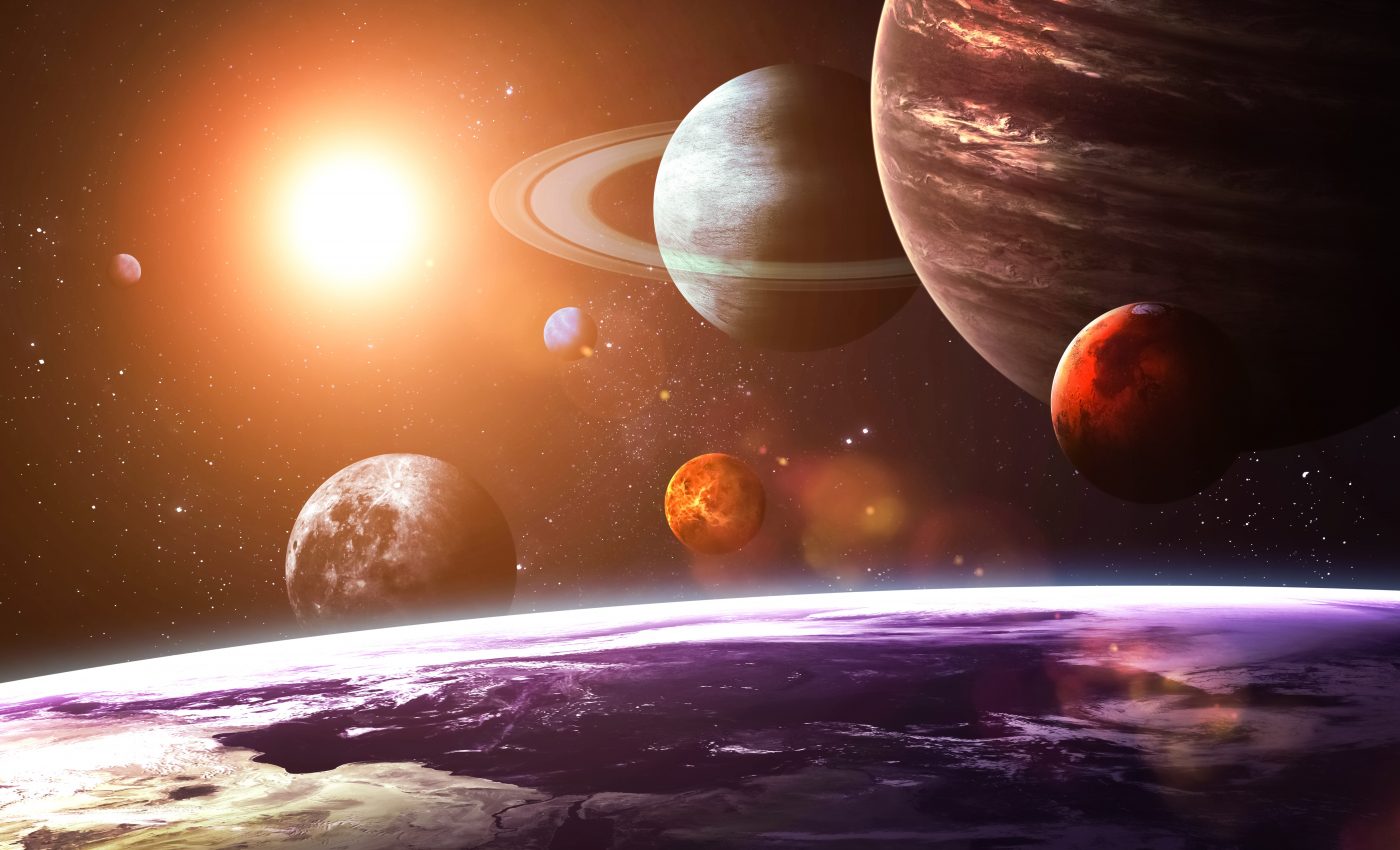
Young planet may reveal how new worlds appear and evolve
An international team of scientists has discovered a young Neptune-sized planet that orbits very closely to its star, AU Microscopii. This star is estimated to be about 20 to 30 million years old, which is at least 150 times younger than our Sun.
Scientists are only aware of two or three nearby stars that are this young, and have been looking for planets around them for at least 10 years. The newly-described planet, named AU Mic b, makes a full orbit around its star in just eight and a half days.
The research will provide experts with new insight into the evolution of planets and the formation of our solar system.
Eric Gaidos is an astronomer and professor in the Department of Earth Sciences at University of Hawaii at Mānoa.
“Planets, like people, change as they mature. For planets this means that their orbits can move and the compositions of their atmospheres can change. Some planets form hot and cool down, and unlike people, they would become smaller over time. But we need observations to test these ideas and planets like AU Mic b are an exceptional opportunity,” said Professor Gaidos.
The NASA TESS planet-finding satellite initially detected AU Mic b, and the discovery was confirmed by the Spitzer Space Telescope and by the NASA Infrared Telescope Facility (IRTF) on Maunakea, Hawaii.
The observations from Maunakea used a new instrument called iSHELL that measures the motion of a star with remarkable precision. The instrument picked up on a slight wobble of AU Microscopii, which showed that it was responding to the gravitational pull of a planet.
AU Microscopii is the second closest young star to Earth. In astronomical terms, it is so young that dust and debris from its formation are still orbiting around it. According to the researchers, colliding debris broke down into smaller dust particles and gradually transitioned into a thin disk that rotates around the star.
In 2003, the disk was detected by Maunakea’s UH 88-inch telescope. AU Mic b was found orbiting in a cleared-out region inside the disk.
“This is an exciting discovery, especially as the planet is in one of the most well-known young star systems, and the second-closest to Earth,” said study co-author Michael Bottom. “In addition to the debris disk, there is always the possibility of additional planets around this star. AU Mic could be the gift that keeps on giving.”
AU Microscopii is a red dwarf that is smaller and dimmer than the sun. Red dwarfs are the most abundant stars in the galaxy, and the TESS satellite is now discovering potentially habitable, Earth-sized planets around older red dwarfs. This means that what scientists learn about AU Mic b can be applied to understand the evolution of many other newly-discovered planets.
“AU Mic b, and any kindred planets that are discovered in the future, will be intensely studied to understand how planets form and evolve,” said Professor Gaidos. “Fortuitously, this star and its planet are on our cosmic doorstep. We do not have to venture very far to see the show.”
The study is published in the journal Nature.
—
By Chrissy Sexton, Earth.com Staff Writer













